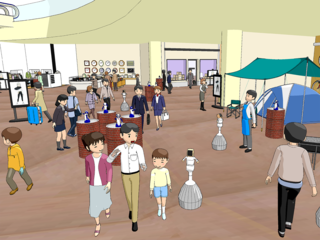
Avatar Symbiotic Society Project
Ishiguro Hiroshi (Graduate School of Engineering Science, Osaka University)
Research Term:2020/04–2021/03
In this project, we examine a possible communication between humanoid "Alter" and human. Alter is capable of mimicking human poses by watching the pose through his eye camera, and by using his internal system such as , self-simulator, autonomous neural network and his pose memories. One of our plan is to see how Alter develops his original behavior from mimicking stage.
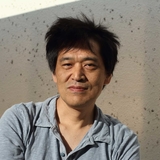
Graduate School of Arts and Sciences, the University of Tokyo
Ikegami Takashi is a professor in the Department of General Systems Studies in the Graduate School of Arts and Sciences at the University of Tokyo. He gained his Ph.D. (Doctor of Science, Physics) from the University of Tokyo in 1989. Currently, he is conducting experiments on androids (Alter 3), simulations of large scale void models, and experimental analysis of actual cell populations.
Research on artificial life is a study of the question “Can something be alive even if it is not formed from cells and DNA?” Why aren’t the robots that we know now alive? Because they cannot self-replicate? Because they do not have free will? Because they do not have their own motivations? " We will explore what lies between humanity and machines using the android ALTER in the National Museum of Emerging Science and Innovation.

Ishiguro Hiroshi (Graduate School of Engineering Science, Osaka University)

Ochiai Yoichi (Research and Development Center for Digital Nature, University of Tsukuba)
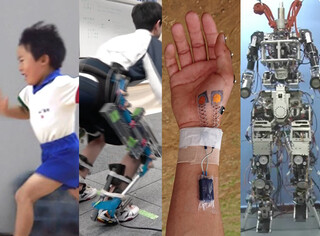
Kawakami Yasuo (Faculty of Sport Sciences; Human Performance Laboratory, Comprehensive Research Organization, Waseda University)
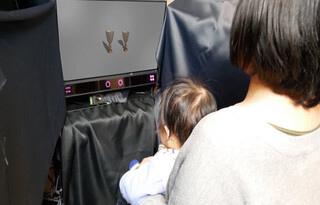
Yamaguchi K. Masami (Department of Psychology, Chuo University)
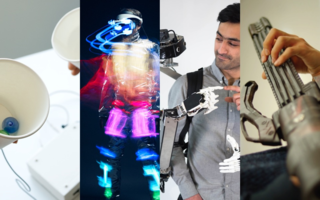
Minamizawa Kouta (Keio University Graduate School of Media Design)
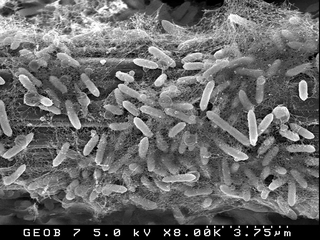
Watanabe Kazuya (Laboratory of Bioenergy Science and Technology, School of Life Sciences, Tokyo University of Pharmacy and Life Sciences)
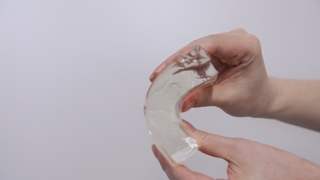
Furukawa Hidemitsu (Soft and Wet matter Engineering Laboratory (SWEL), Yamagata University)
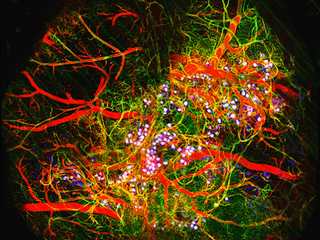
Takanori Takebe (Osaka University & Cincinnati Children’s Hospital Medical Center)
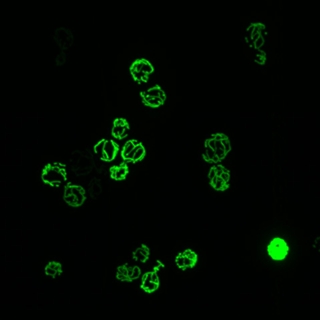
Endo Toshiya (Faculty of Life Sciences, Kyoto Sangyo University)